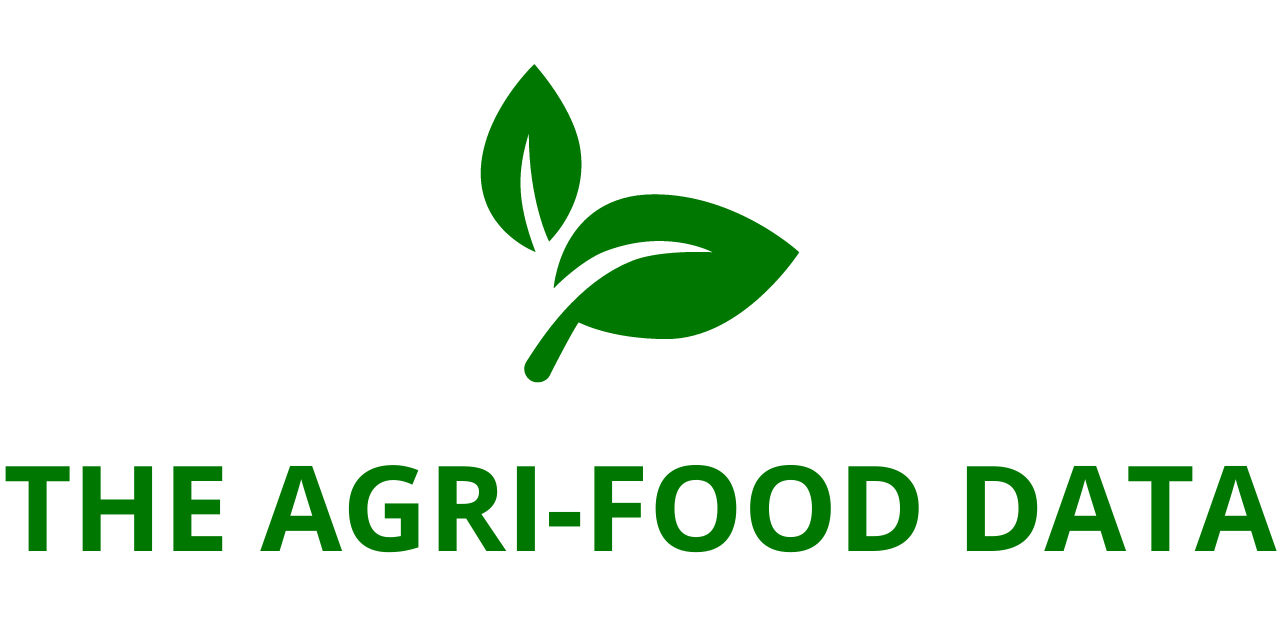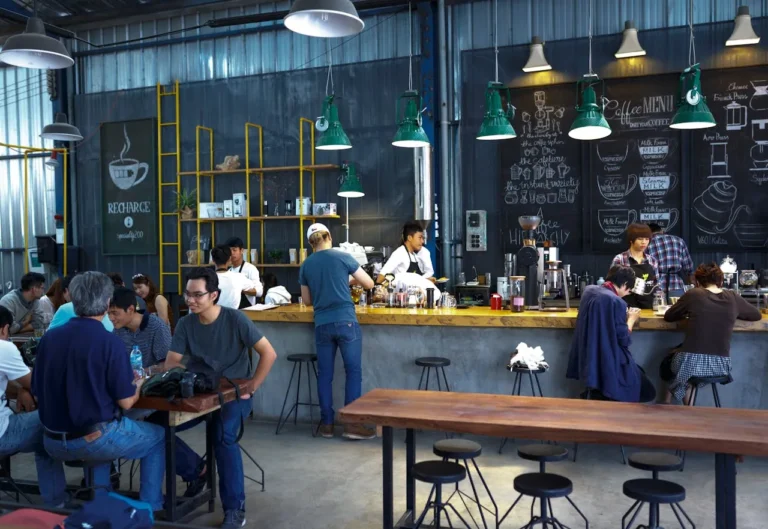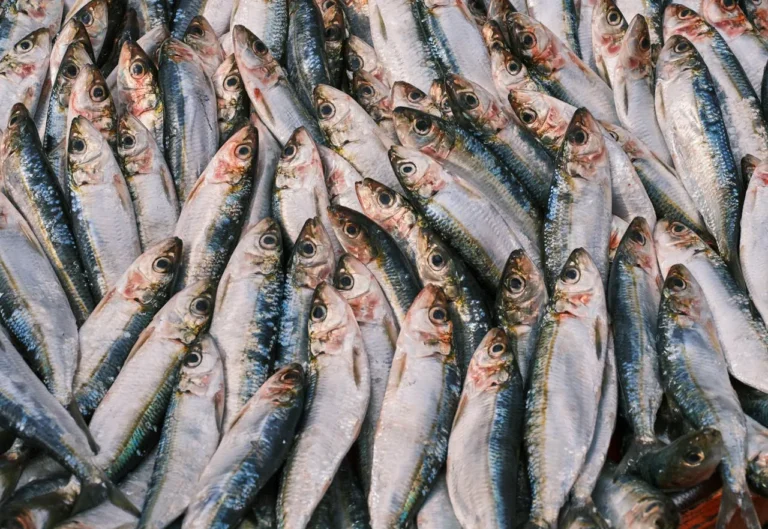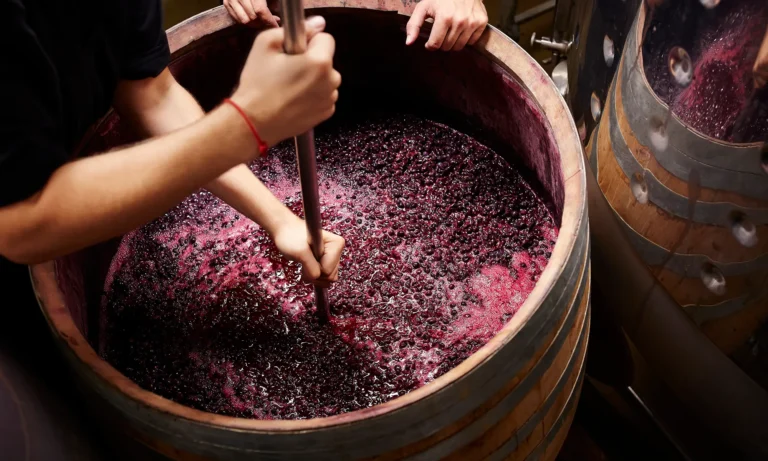
The “AI in Food Safety and Quality Control Market” report has recently been added to ResearchAndMarkets.com’s comprehensive database of industry research offerings. This report provides a detailed, forward-looking analysis of the rapidly growing AI sector in food safety and quality control, highlighting the technology’s transformative potential across the global food value chain.
According to the report, the AI in Food Safety and Quality Control Market was valued at USD 2.7 billion in 2025 and is projected to surge to USD 13.7 billion by 2030, exhibiting an impressive compound annual growth rate (CAGR) of 30.9%. This growth reflects the increasing adoption of AI-driven technologies by food manufacturers, processors, distributors, and regulatory agencies worldwide, aimed at ensuring food safety, maintaining product quality, and complying with stringent regulations.
The report delivers a comprehensive market analysis, covering historical, current, and projected market sizes from 2024 through 2030. It provides granular insights into the market dynamics by technology, application, deployment mode, end-use industry, and geographic region. Through this approach, stakeholders gain a full understanding of the factors driving AI adoption, the key opportunities, and the challenges that lie ahead in this rapidly evolving landscape.
Technological Segmentation
From a technological perspective, the report evaluates several AI subdomains that are reshaping food safety and quality control processes. These include:
- Machine Learning (ML): ML algorithms are increasingly being deployed to analyze large volumes of food production data, predict potential contamination risks, and optimize quality control measures.
- Computer Vision: This technology enables automated inspection of food products to detect physical defects, foreign materials, or irregularities, reducing human error and increasing throughput.
- Natural Language Processing (NLP): NLP facilitates efficient management of food safety documentation, regulatory compliance reporting, and incident management by extracting actionable insights from unstructured textual data.
- Robotics and Automation: AI-powered robotics are being used for repetitive tasks, such as sorting, packaging, and inspection, ensuring consistent quality standards while minimizing human intervention.
Applications of AI in Food Safety
The report delves into the practical applications of AI in the food sector, highlighting areas that have seen rapid adoption:
- Food Safety Monitoring: AI systems continuously monitor production environments to detect potential contamination, track pathogen outbreaks, and predict risk hotspots.
- Quality Control and Inspection: AI-powered inspection systems assess the size, color, texture, and integrity of food products, ensuring consistent quality standards.
- Contaminant Detection: AI algorithms identify chemical, microbial, and physical contaminants in raw materials and finished products, mitigating risks to consumers.
- Traceability and Recall Management: AI enhances the traceability of food items across the supply chain, enabling faster recall responses and reducing the impact of contaminated products.
- Compliance and Reporting: AI helps companies stay compliant with food safety regulations and standards, automating reporting processes and minimizing regulatory penalties.
Other emerging applications include predictive maintenance of equipment, supply chain optimization, and integration with Internet of Things (IoT) devices for real-time monitoring.
Deployment Modes
The report also categorizes the AI market based on deployment mode:
- Cloud-based AI: Offers scalability, flexibility, and remote accessibility, enabling companies to manage food safety data from multiple production sites.
- On-premises AI: Provides organizations with control over sensitive data while maintaining high-performance computing capabilities within internal IT infrastructure.
- Hybrid AI: Combines the advantages of cloud and on-premises systems, offering both flexibility and data security.
End-Use Industry Analysis
AI adoption varies across different segments of the food industry. Key end-use industries analyzed in the report include:
- Meat, Poultry, and Seafood: AI is employed to monitor freshness, detect contaminants, and automate inspection processes.
- Processed Food and Beverages: AI systems enhance quality control, track ingredient sourcing, and ensure regulatory compliance.
- Dairy Products: AI facilitates monitoring of milk quality, automated testing, and predictive maintenance for dairy processing equipment.
- Fruits and Vegetables: Computer vision and robotics are widely used to sort, grade, and package produce efficiently.
- Other End-Use Industries: This includes confectionery, bakery, and ready-to-eat meals, where AI improves safety, shelf-life, and operational efficiency.
Regional Market Insights
The report provides a regional breakdown of the AI in Food Safety and Quality Control Market, covering:
- North America: High adoption of advanced technologies and strict regulatory standards drive market growth.
- Europe: Growing emphasis on sustainability and food traceability is fueling AI implementation.
- Asia-Pacific: Rapid industrialization, rising consumer awareness, and expanding food production infrastructure contribute to market expansion.
- Middle East & Africa: Emerging economies are gradually adopting AI to enhance food safety, particularly in urban centers.
- South America: Increasing food exports and modernization of processing facilities are creating growth opportunities.
Strategic Recommendations
The report outlines strategic insights for stakeholders, including food manufacturers, technology providers, and regulatory authorities. Key recommendations emphasize:
- Investment in AI: Beyond regulatory compliance, AI adoption can drive operational efficiency, cost reduction, and competitive advantage.
- Sustainability Initiatives: AI technologies help monitor environmental impact, reduce food waste, and ensure sustainable production practices.
- Regulatory Compliance: Leveraging AI for documentation, reporting, and traceability supports adherence to evolving food safety regulations.
- Innovation Focus: Future market trends point toward autonomous food systems, digital twin technology, hyper-personalized nutrition, and interconnected AI ecosystems that integrate production, logistics, and retail.
Market Dynamics and Opportunities
The report identifies key drivers and challenges influencing market growth:
- Drivers: Rising foodborne illnesses, increasing regulatory requirements, and growing consumer demand for safe and high-quality food are primary growth catalysts.
- Challenges: High initial investment costs, data privacy concerns, and integration complexities may slow adoption in certain regions or industries.
- Opportunities: AI offers prospects in predictive analytics, supply chain optimization, automated quality inspections, and real-time monitoring, opening new avenues for market expansion.
Competitive Landscape
The report provides a detailed analysis of the competitive environment, covering market share, R&D focus, product portfolios, and company rankings. Stakeholders can benchmark their capabilities against leading players, understand industry best practices, and explore collaboration opportunities for growth and innovation.





